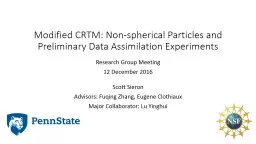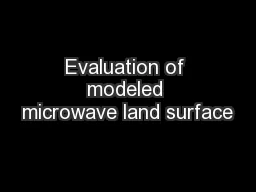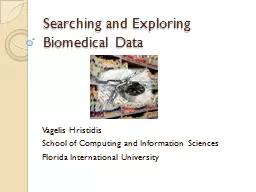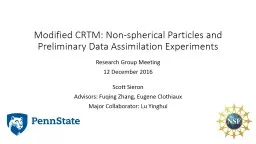PPT-Modified CRTM: Exploring Different
Author : tatyana-admore | Published Date : 2018-03-16
Particle Scattering Properties Research Group Meeting 01 May 2017 Scott Sieron Advisors Fuqing Zhang Eugene Clothiaux Major Collaborator Lu Yinghui NonSpherical
Presentation Embed Code
Download Presentation
Download Presentation The PPT/PDF document "Modified CRTM: Exploring Different" is the property of its rightful owner. Permission is granted to download and print the materials on this website for personal, non-commercial use only, and to display it on your personal computer provided you do not modify the materials and that you retain all copyright notices contained in the materials. By downloading content from our website, you accept the terms of this agreement.
Modified CRTM: Exploring Different: Transcript
Download Rules Of Document
"Modified CRTM: Exploring Different"The content belongs to its owner. You may download and print it for personal use, without modification, and keep all copyright notices. By downloading, you agree to these terms.
Related Documents














